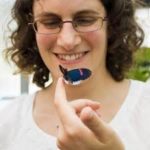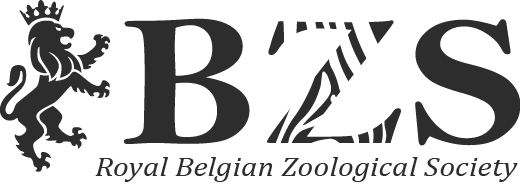Prof. Nicola Nadeau (University of Sheffield, United-Kingdom)
Genetic and developmental control of iridescent structural colour in butterflies
Some of the brightest and most striking colours found in nature are produced not by pigments but through coherent scattering of light by nanostructures. Despite the importance of these colours for animal and plant signalling and communication, and their application in man-made products, very little is known about their developmental control in natural systems. Work in my lab has been using a combination of genetic mapping, differential gene expression analyses and fluorescence imaging, to understand the genetic and developmental mechanisms controlling structural colour formation in butterfly wing scales. We have made use of the within-species variation in iridescent structural colour in two species of Heliconius butterflies, H. erato and H. melpomene, to genetically map the basis of this trait in both species. We have also made use of a range of imaging techniques including tauSTED super-resolution microscopy to understand how structures are formed during development within the butterfly pupa.


Prof. Peter Ladurner (University of Innsbruck, Austria)
Flatworms as Model Systems for Stem Cell Biology, Reproduction, and Bioadhesion
Using state-of-the-art methods, we investigate neoblasts which are flatworm stem cells crucial for their remarkable regenerative and developmental capabilities. Our team also explores the flatworm reproductive biology, which includes both sexual and asexual reproduction, providing insights into reproductive plasticity and evolution. Finally, our research also focuses on the flatworm temporary adhesion to explore the structure and function of the adhesive organs. This work may inspire bio-inspired adhesion systems for biomedical or industrial use.
